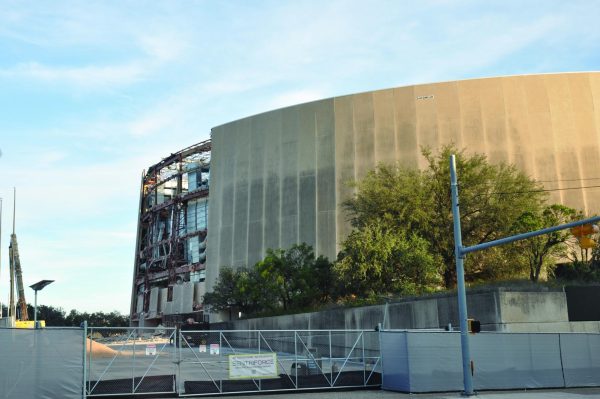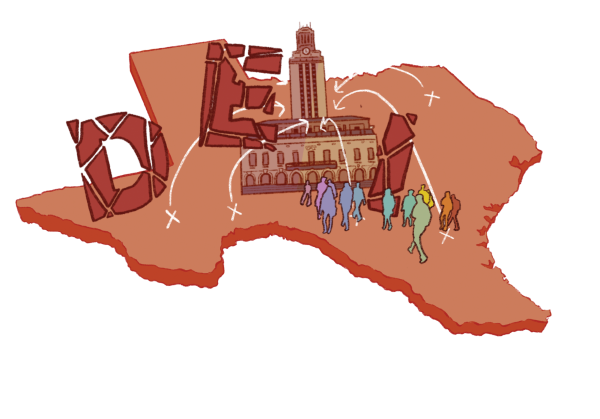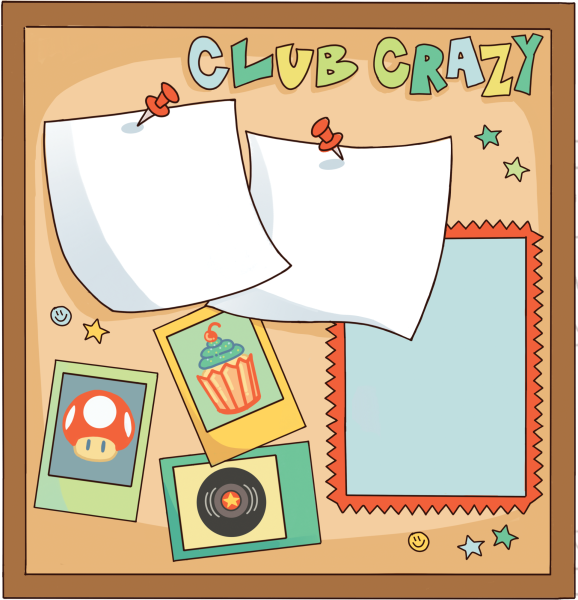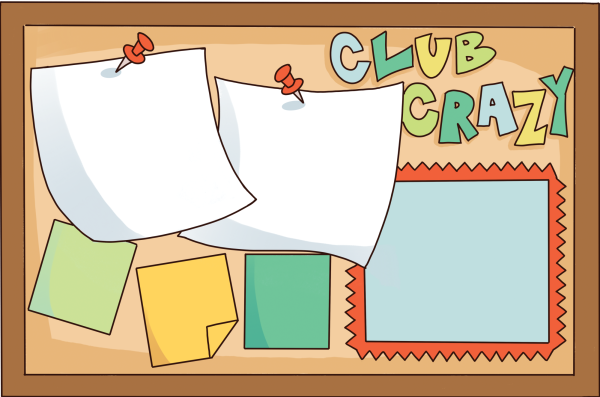Playing COVID By Ear, Austin Musicians Perform Again
March 28, 2022
When the world went into lockdown in March of 2020, artists were some of those struck the hardest, according to a study by the Queensland Conservatorium Research Centre. Musicians in particular usually require shows with large gatherings of people in order to perform their work, and this was one of the first things to disappear with the emergence of COVID-19.
Lindsey Verrill is a local musician in the band Little Mazarn. Recently, the band has had to cope with new hurdles as they transition into playing live shows again, according to Verrill.
“I think the effects of COVID have been absolutely devastating for everyone in the music industry,” Verrill said. “It’s just made performing really unpredictable.”
Verrill has continued to play some live shows, but there are also artists who still haven’t returned to playing. Pedro Moreno, founder of Epistrophy Arts—an organization in Austin since 1998 that presents jazz and experimental music—said that he hasn’t played a show in-person since March 2020.
“We’ve pretty much been on pause since COVID started,” Moreno said. “We’re very much still here waiting for things to kind of get back to something that’s like normal so we can start doing it again.”
According to Moreno, the lack of live performers has been tough on venues, too. Although bigger venues remain, many small performance spaces have closed.
“The commercial venues in town seem to have returned, but one of the venues that we used for a long time, the North Door, went out of business,” Moreno said. “So it’s been tricky to find spaces.”
Despite these challenges, the music community in Austin remains. According to Verrill, artists continue to write and perform music in Austin to keep the industry alive.
“I think the community here is really strong,” Verrill said. “I think there are a lot of young bands that are working really hard to do interesting stuff…Austin is still really great for ambitious people that are willing to work hard.”
Moreno agreed that Austin continues to be a good place for aspiring musicians. However, he acknowledged that music genres with smaller audiences might have a harder time returning.
“I think [music] is still very much part of the identity here,” Moreno said. “The commercial, large-scale music business will still remain pretty strong after this, but the fringes are going to be a little harder to recover.”
According to Verrill, one of the main barriers preventing music in Austin from returning to its pre-COVID-19 state is lingering anxiety for concert-goers about being in large groups of people. Verrill explained that this anxiety affects both musicians and audience members and complicates the process of performing while respecting health guidelines and community concerns.
“It’s really hard to make plans to play live because you never know if you’re going to sell any tickets, if people are going to want to come out, or if it’s going to be too risky,” Verrill said. “So you’re really taking a chance putting in the work to play live.”
According to senior Zoe Dell, venues don’t even seem to be clear on what the correct health procedures are for live shows anymore. According to Dell, her recent experiences at concerts might call for mask requirements, but attendees might not always follow through with them
“To be honest, there weren’t a lot of people wearing masks,” Dell said. “Me and my friend were the only two people wearing them.”
But mask-wearing and other COVID-19 safety measures differ at different concerts, according to Dell. She said that she’s also been to concerts with much tighter restrictions.
“Other concerts I’ve attended earlier this year required a vaccine card or proof of a negative test,” Dell said. “I went to Harry Styles concerts in the fall that required masks.”
Verrill isn’t certain if live music will ever return to how it was pre-COVID-19, but she is sure that how she approaches shows and playing live has changed forever. Verrill says that she now values the work that goes into playing a live music show more.
“I don’t think I could go back to like, ‘Oh, yeah, I’ll drive to Tulsa and just play a show—that’s cool, no big deal,’” Verrill said. “Those days are over for me.”
According to Verrill, since many Austinites haven’t been to concerts in a long time, there is a stronger appreciation for the shows they are able to attend. Performers, such as Verrill, can tell that audience members are excited to be back.
“I feel like the audience really, really appreciates the shows they attend, and they show musicians a lot of love,” Verrill said. “So that’s really cool.”
Musicians are wary of COVID-19 but still seem to have hope for the coming year. Even Moreno, who has not played a concert in two years, is optimistic for Austin’s music scene to return.
“The nerves around being outside and being in a venue are going to linger for a while, and it’s going to make it hard,” Moreno said. “But you have to keep the community intact, and I hope that, if we do that, then when conditions get safer things will come back.”









